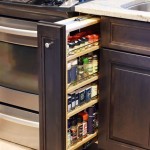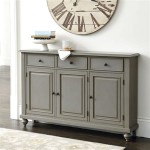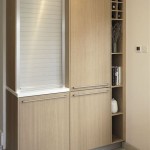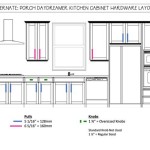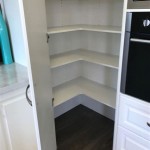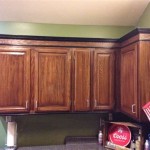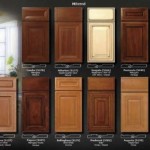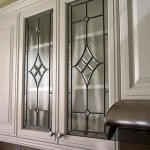Designing a Sliding Cabinet Door: Choosing the Right Track Size
Sliding cabinet doors offer a space-saving and stylish solution for a variety of applications, from closets and pantries to entertainment centers and bathroom cabinets. While the design possibilities for sliding doors are vast, choosing the correct track size is crucial for smooth operation and durability. Incorrect track sizing can lead to door binding, noise, and premature wear and tear. This article will guide you through the considerations for selecting the appropriate track size for your sliding cabinet door project.
Determining the Door Weight and Size
The first step in choosing the right track size is determining the weight and size of the sliding door. This information is crucial for selecting a track capable of supporting the door's load. Consider the type of material used for the door, the thickness of the door, and any additional features that might add weight, such as decorative trim or hardware.
Measure the door's width and height accurately. You'll also need to consider the overall dimensions of the cabinet opening and the desired amount of overlap between the sliding doors. For example, a pair of sliding doors might overlap by 2-3 inches to ensure that the opening is completely covered when closed.
Understanding Track Material and Construction
Sliding cabinet door tracks are typically made of aluminum, steel, or a combination of materials. These materials offer varying degrees of strength, durability, and aesthetics.
Aluminum tracks are lightweight, corrosion-resistant, and often available in a variety of finishes to match your cabinet design. However, aluminum tracks may not be as strong as steel tracks, so they are best suited for lighter doors.
Steel tracks are generally more durable and can handle heavier doors. They are commonly used for larger cabinets or doors with multiple panels or intricate designs. While steel tracks may be heavier than aluminum tracks, they offer increased stability and longevity.
Some sliding door tracks incorporate ball bearings or nylon rollers within the track. These features provide a smooth and silent gliding experience and reduce friction on the rollers.
Calculating Track Load Capacity
Once you have determined the weight and size of your sliding door, it is important to choose a track with adequate load capacity. Most manufacturers provide load capacity ratings for their tracks, which are typically expressed in pounds per linear foot.
To choose the right track, calculate the total weight of your sliding door and divide it by the length of the track. For example, if a 40-inch wide door weighs 50 pounds, and you need a 48-inch track (to allow for overlap), then the load requirement is 50 pounds / 48 inches = 1.04 pounds per inch. You would then select a track with a load capacity rating that exceeds this requirement.
Consider the frequency of use and the desired level of durability when selecting a track. Tracks with higher load capacities are designed for more frequent use and can handle heavier doors, making them a suitable choice for high-traffic areas.
Additional Considerations
Beyond the fundamental factors of door weight, size, and load capacity, there are additional considerations that can influence your track selection.
Installation Method: Sliding door tracks are typically installed either on the top or bottom of the cabinet opening. Top-mounted tracks are often favored for their clean aesthetic and ease of installation. Bottom-mounted tracks can offer additional stability, especially for heavier doors or those with a large overhang.
Track Profile: The track profile, or the shape of the track, can affect the appearance and functionality of the door. Some tracks feature a sleek and minimalist design, while others have a more traditional or ornate profile. The chosen track profile should complement the overall design of your cabinet and doors.
Track Accessories: Various accessories are available for sliding cabinet doors, such as end stops, rollers, and mounting brackets. These accessories can enhance the functionality, durability, and aesthetic appeal of your sliding door system.
By carefully considering these factors, you can select a track that meets the specific requirements of your sliding cabinet door project. The right track size will ensure smooth operation, long-lasting performance, and a seamless integration with your cabinet design.

Sliding Cabinet Doors With Inset Track And Glides Sawdust Girl

An Easy Guide To Building Diy Sliding Doors For Cabinets Sawdust Girl

An Easy Guide To Building Diy Sliding Doors For Cabinets Sawdust Girl

An Easy Guide To Building Diy Sliding Doors For Cabinets Sawdust Girl

Wardrobe Door Track Systems Which Type Of System Is Suitable For Smooth And Silent Movement Picket Rail Custom Sofas Furniture

Sliding Cabinet Door Hardware Kit Slid Up 1900 By Mantion Us

Are Track Doors A Good Option For My Kitchen

Zenith Double Track Sliding Door Gear For 6mm Glass Doors Max Width 900mm Weight 25kg

Sliding Door Track And Framework My Wardrobe

Sliding Doors Individual Made To Measure Raumplus
Related Posts

